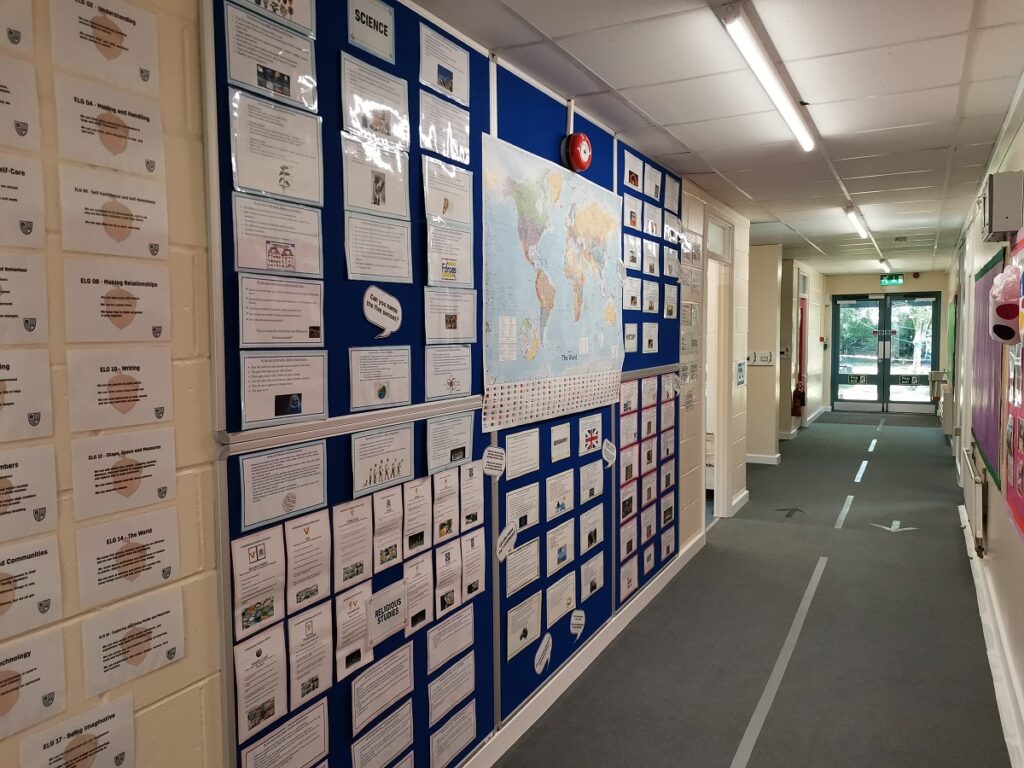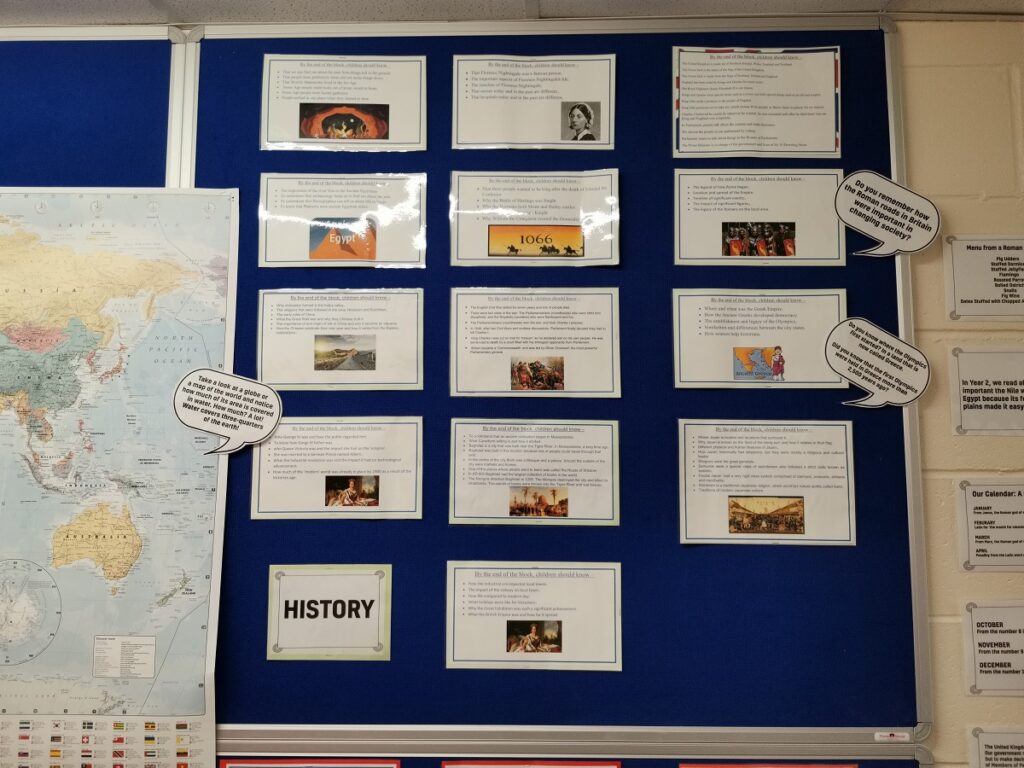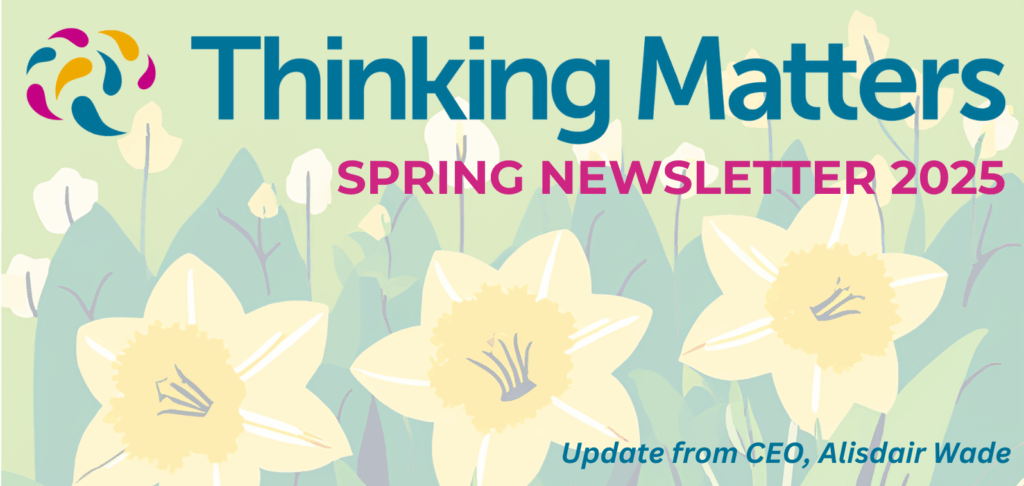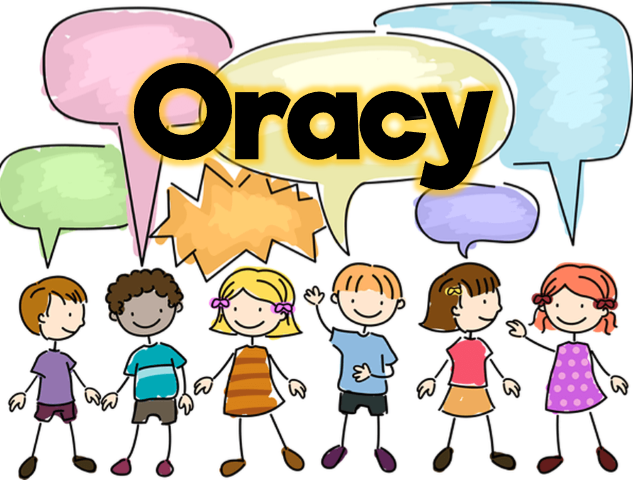The Knowledge Wall - Brenzett Primary School
Brenzett Primary School, based in Romney Marsh, Kent is a new member of the Thinking Schools Network and has recently begun it’s Thinking School journey. We were particularly impressed with the idea of their Knowledge Wall, which they are happy for us to share with you.
As more schools are exploring thinking skills through the ‘knowledge driven curriculum’, the Knowledge Wall is a simple device that offers untold possibilities.
What is a Knowledge Wall?
The teacher displays on a wall all the knowledge that children will need to know or accumulate during a subject or theme. It has key learning, images, maybe tables and graphs, facts and concepts. It can be added to in the course of the subject. It covers everything that will be learned in one large display. The teacher is showing the class, ‘this is what you will know’.

What is key, is the opportunity for children to see the big picture of each subject they learn. Humanities and the arts are taught as separate subjects to ensure that the ‘topic’ does not become a diluted form of all the subject areas. It allows children to see connections in real time and build on the foundations of their own concepts, taught from reception onwards. Children are able to look ahead to what is still to come and comprehend the learning that has already taken place.
The Impact
Just imagine the power for a child of running their eyes and hands back and forth across the wall: seeing and thinking about information, strengthening long-term memory, improving recall and increasing understanding.
The Knowledge Wall provides a unique opportunity for, ‘Making Thinking Visible’.
- questions are posed
- clarity is sought
- ideas and connections are discovered and explored
- what has been learned is cemented
- retrieval and recall become a simple act that happens regularly.
Simultaneously, through careful questioning, the teacher is able to engage with the childrens’ perceptions of what they are learning, build and mediate understanding.
How it works
James Denton, Thinking School Coordinator at Brenzett describes how the
Knowledge Wall is currently working with his Year Five/Six class and
across the rest of the school.

“For us, showcasing what the children will be learning across their time at Brenzett is integral to our curriculum. We want the information to
be available to all, not just on display to ‘tick a box’. Aside from the ‘Knowledge Wall’ which is a permanent fixture in our main school corridor, we also share the whole subject organiser each term on our website to ensure that parents also have access to the knowledge their children will be gaining across that term.
The Knowledge Wall itself is organised by subject domains as all subjects are taught discreetly. This was decided to help give children a grounded understanding in what each subject looks like and the associated skills that go with that domain. What we ensure, as I describe later, is that children understand that there are strong links between each domain and that the knowledge isn’t isolated and can be used across the whole curriculum.
At the start of every new unit, often at the start of a term, the children are taken to look at the wall and discuss how the new knowledge fits into the whole picture. Children are given the opportunity to ask questions around the new subject organiser and are prompted to find links across the entire school curriculum. This opportunity also serves as a reminder to children about what came before and begins to help them see the interconnectivity of knowledge across the different subject domains.
It also serves as a strong starting point for enabling children to begin to think about their learning and often, on return to the classroom, promotes a strong discussion about what children have thought about or queries they have relating to the new unit itself. This has allowed children to, as part of the classroom display or within their books, think deeper about their learning and allowed for better child-initiated questions that foster a curiosity towards the learning.

One example of this could be a Year 1 cohort learning about Kings and Queens and the idea of ’empire’. By the exposure to the vocabulary and usage of the words in the simple form, it allows them to build on the meaning and different connotations as they go through the school and later look at the word ’empire’ in relation to the Romans or the Victorians. This idea also works well across the subjects when, for example, they may look at Northern Europe in KS1 and then later look at Vikings in History – the locational knowledge is already familiar and the questioning that this opens up to children can be insightful.
Another result of having the Knowledge Wall on permanent display to the children is it has begun to create a knowledge culture for the children as, when they walk past it, they often pause to read another knowledge organiser or start up a conversation with their peers about what they have learned or will learn in the future. This had, prior to lockdown, begun to develop across classes as well – which was incredible to see – where they were talking to each other about learning and using the introduced question stems (based on Blooms and Anderson) to engage other classes/year groups in discussions around knowledge.
However, at this point, I wouldn’t suggest the children are explicitly aware they are doing this and are using modelled questions they have observed in their own classroom. One of the things we have done as a school is to add prompts to the Knowledge Wall that either have a statement of additional knowledge or a question to foster this wonderful aspect that has developed.
Currently, the ‘Knowledge Wall’ itself is still in its infancy and will likely evolve as the children become more critical thinkers within the Thinking Schools approach. We are hopeful that this evolution will come from the children as they take ownership of their learning and drive it forward themselves. “
James Denton
Thinking School Coordinator
Brenzett Church of England Primary School



